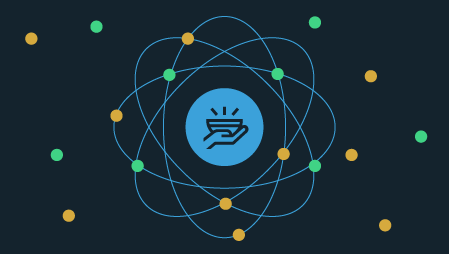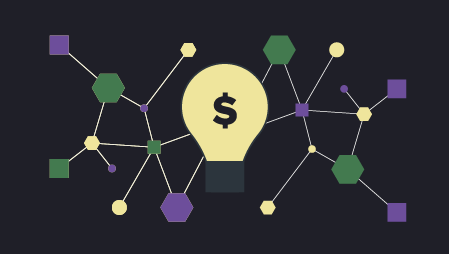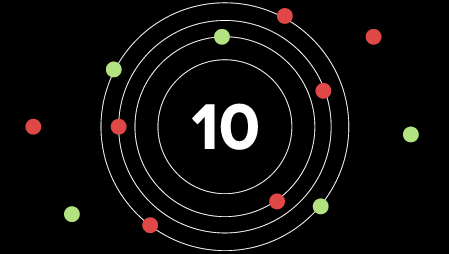Ready to learn Internet of Things? Browse courses like Internet of Things (IoT) Training developed by industry thought leaders and Experfy in Harvard Innovation Lab.
Many entrepreneurs know only too well that the journey from an innovative idea to a viable business model can be a long one. As the recent example of Juicero showed, this journey might end tragically if not well managed. Despite the acquisition of venture capital amounting to a few hundred million dollars, Juicero had to shut down. The reason was a fundamental flaw in the core idea of its product. It turned out that the expensive connected juicer was not actually needed to squeeze the packs of cut-up fruit – manual squeezing did the job just fine.
So what went wrong? What can be learned from this failure?
When evaluating innovative ideas, it is crucial to gain a good understanding of the value drivers. The value propositions for target customer groups and key partners must be clear and compelling. Given the complexity of connected solutions and the associated ecosystem, this is easier said than done. However, there are several tools that can support this process and help reduce the risks and complexity of IoT solutions. Below we present a selection of our favorites, which evolved from the IoT Business Model Builder.
The Inspiration Cube
The Inspiration Cube helps you generate and diversify your initial ideas. By providing business-related concepts / inspirations, it triggers a creative process that increases the output of new and enriched ideas.
Roll the dice and apply the concept to your idea, and you’ll find yourself generating new or alternative ones. The questions drive you into a different thought process, resulting in completely new approaches to existing ideas and paving the way towards innovation.

Spending some time considering questions raised by the Inspiration Cube (like the ones shown in the illustration above) might have helped Juicero identify and avoid the risks in its business model that made it fail in the end.
The IoT Value Network
Towards the end of the ideation phase, ideas need to be refined and sharpened further. The IoT Value Network is a powerful tool that supports this process. It provides a holistic view by illustrating how different stakeholders exchange services, supplies, and value in the context of an IoT solution. The following stakeholder roles are defined:
- Business Owner: Operates the business model (usually the company that drives the business)
- Customer or End User: Target customer benefitting from the solution
- Supplier: Contributes to the business model by providing goods and/or services, for which they receive compensation. Their interest in the business model is usually limited to the direct commercial compensation.
- Partner: Contributes to the business model by providing goods and/or services and is exposed to risk. Usually, CAPEX/OPEX are higher for partners than for suppliers. However, if the model is successful, partners benefit from a higher return on investment (ROI).
When mapping the business model, different-colored arrows illustrate the flow of supplies/services and value/revenues. The video below provides some practical insights on using the tool.
You may also choose to include additional information such as value propositions or risks for each stakeholder. This takes the tool beyond visualizing the IoT network and turns it into an excellent method for conducting graphically supported risk assessment and scenarios analysis. Further fields of application include the determination of customer touchpoints as well as the definition of control points for stakeholder alignment. This video provides some practical insights on using the tool
The Assumption List
Usually, the early phases of business model development (i.e. ideation and refinement phases) involve the making of numerous assumptions. These should be documented as you go and should be verified towards the end of the refinement phase. We recommend populating your Assumption List throughout the entire process. This will help you keep up the pace during the ideation and refinement phases. It must not be slowed down or hindered by endless discussions about risks or uncertainties. If your team gets caught in such a situation, just make an assumption, put it on the list, and keep going.
However, it is crucial to verify the assumptions at some point to minimize uncertainties. Of course it would be impossible to eliminate all the uncertainties you will encounter, but it is important to make uncertain hypotheses as transparent as possible.
We often advise using an Excel document to keep track of the assumptions, and have provided you with a template below. For each assumption made during your business development process, you add a separate row to the list.

For each row (assumption), the level of uncertainty, as well as the impact, is recorded. This allows you to arrange your assumptions by order of importance before beginning with the validation. Just start with the ones that are highly uncertain and have a high impact. Working your way through the list lets you reduce uncertainty and make critical assumptions transparent for the follow-on phases and decisions. In addition, you can categorize your assumptions and define your validation methods and tasks to keep track of critical information during the validation phase.
Originally posted at Bosch ConnectedWorld Blog



